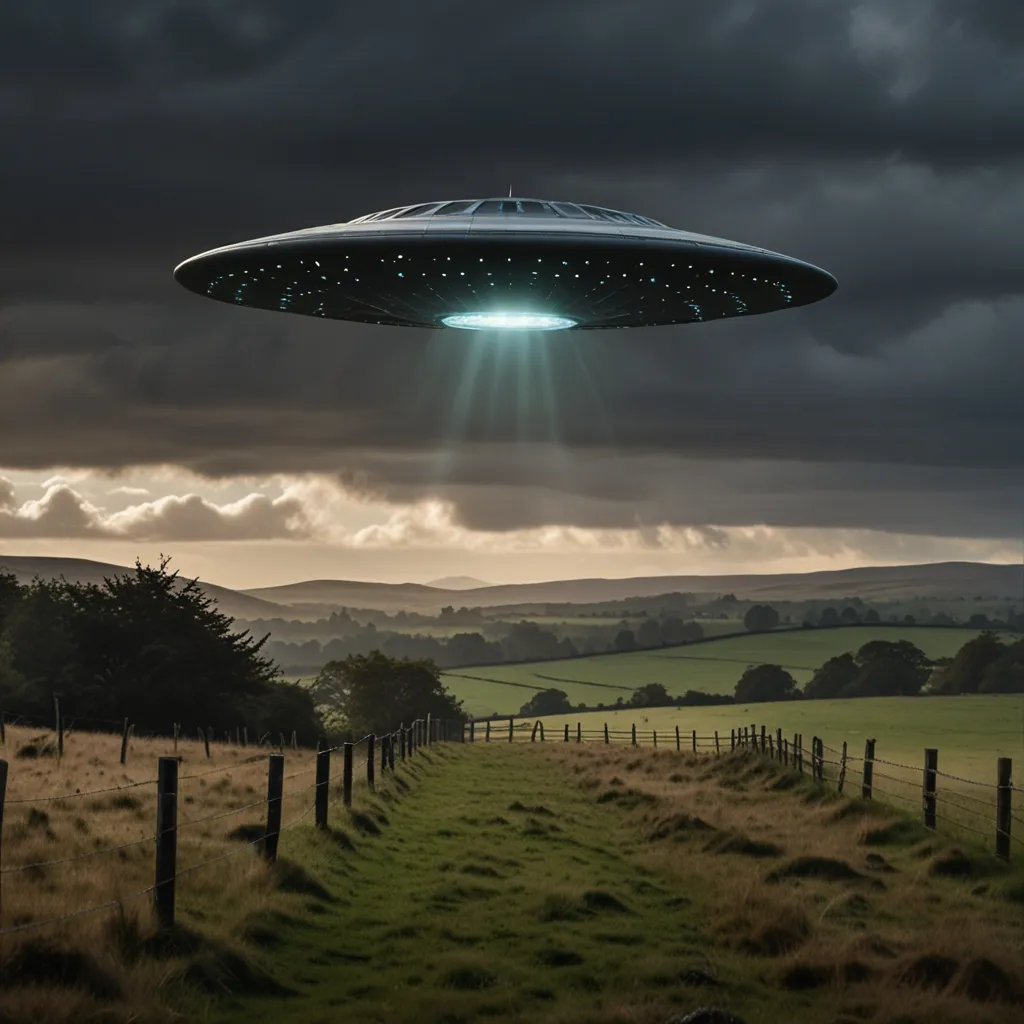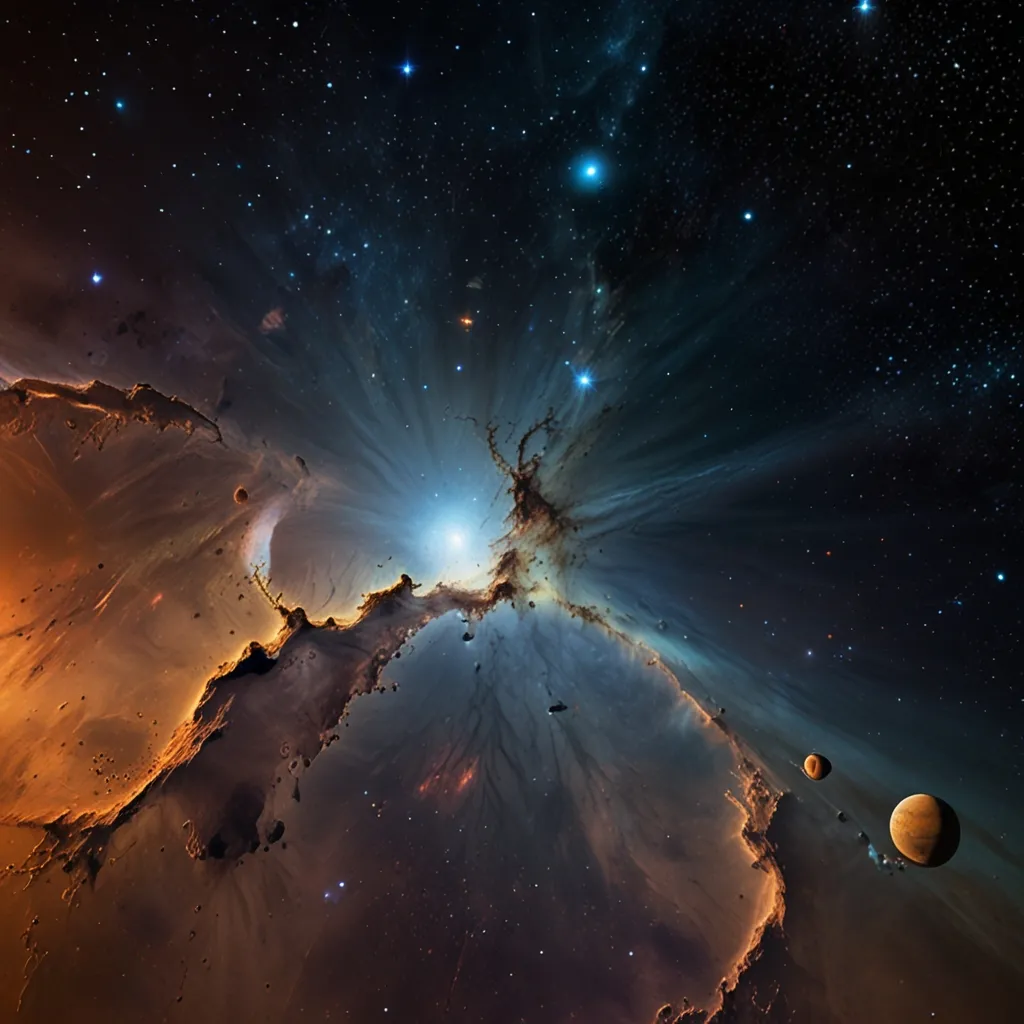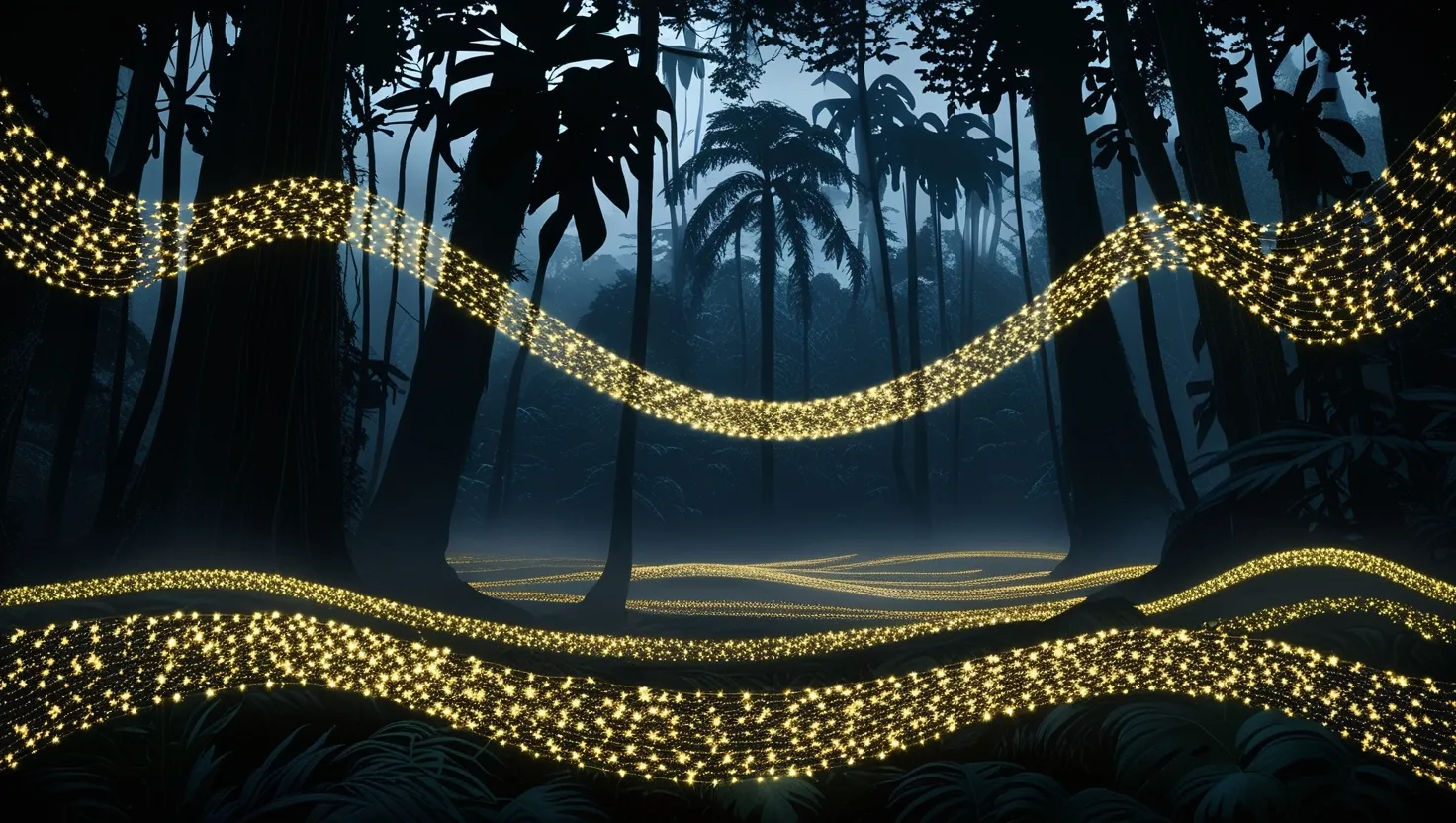The frozen depths of Siberia hold secrets that have remained untouched for millions of years. As the permafrost slowly thaws, it reveals a microbial world that challenges our understanding of life itself. These ancient bacteria, preserved in nature’s icy time capsule, offer a glimpse into Earth’s distant past and potentially, our future.
Imagine a world 3.5 million years ago. The landscape was vastly different, with creatures long extinct roaming the Earth. It was during this time that a group of bacteria found themselves trapped in the forming permafrost, their biological processes slowing to a near halt. Fast forward to today, and these microorganisms have awakened from their long slumber, ready to tell their story.
The discovery of these ancient bacteria has sent shockwaves through the scientific community. As researchers began to study these organisms, they quickly realized they were dealing with something extraordinary. These microbes displayed abilities that seemed almost impossible, adapting to modern antibiotics they had never encountered before. It’s as if they possessed an innate understanding of how to overcome these threats, despite having no prior exposure.
“The past is never where you think you left it.” - Katherine Anne Porter
This quote resonates deeply when considering these ancient bacteria. They bring the past into our present, challenging our notions of time and evolution. How have they managed to survive for so long? What secrets do they hold about the early days of life on Earth?
The DNA of these bacteria tells a fascinating tale of resilience. Their genetic material shows complex repair mechanisms that allow them to withstand extreme conditions. This ability far surpasses what we observe in modern bacteria, raising questions about the nature of evolution and adaptation. Have we underestimated the capabilities of early life forms? Or have these bacteria continued to evolve in their frozen state, developing abilities beyond our current understanding?
Perhaps the most intriguing aspect of these ancient microbes is their interaction with modern bacteria. When cultured together, something remarkable happens. The ancient organisms transfer genetic information to their modern counterparts through mechanisms we have yet to fully comprehend. This exchange results in hybrid strains with enhanced survival capabilities. It’s as if the ancient bacteria are imparting wisdom gained over millions of years to their descendants.
What would happen if we could harness this ability? Could we use it to create more resilient crops or develop new medical treatments? The possibilities seem endless, but they also raise ethical questions about manipulating such ancient life forms.
As we delve deeper into the study of these bacteria, we uncover more mysteries. Their metabolic pathways differ significantly from those of current microbial life. They utilize energy sources in ways we’ve never seen before and maintain their cellular integrity through processes that defy our current understanding of biology. It’s as if we’ve discovered a new branch on the tree of life, one that has been hidden from us for millions of years.
“The most beautiful thing we can experience is the mysterious. It is the source of all true art and science.” - Albert Einstein
Einstein’s words ring true as we face the enigma of these ancient bacteria. Their existence pushes the boundaries of our scientific knowledge, forcing us to question our assumptions about life and its capabilities.
Have you ever wondered how life might have looked in Earth’s early days? These bacteria offer us a window into that distant past. They represent living fossils, organisms that have remained largely unchanged for millions of years. By studying them, we gain insights into the conditions that existed on early Earth and how life adapted to survive in those harsh environments.
But these bacteria are more than just relics of the past. They hold potential for the future as well. Their unique abilities could revolutionize fields ranging from medicine to environmental science. Imagine antibiotics that could evolve alongside bacteria, always staying one step ahead. Or microorganisms that could help clean up polluted environments by breaking down substances we currently struggle to manage.
The study of these ancient bacteria also raises philosophical questions about the nature of life and time. How do we define ‘living’ when an organism can remain dormant for millions of years? Does time have the same meaning for these microbes as it does for us? These questions challenge our perceptions and invite us to view life from a different perspective.
As research continues, scientists focus on understanding the preservation mechanisms of these bacteria. How have they managed to survive for so long in a frozen state? The answers could have far-reaching implications, potentially leading to advancements in cryogenic technology or new methods of preserving organic material.
The genetic transfer abilities of these ancient microbes are another area of intense study. If we can understand how they share information across vast spans of time, we might unlock new ways of manipulating genetic material. This could lead to breakthroughs in genetic engineering and biotechnology, opening up new avenues for treating diseases or enhancing beneficial traits in organisms.
“In the fields of observation, chance favors only the prepared mind.” - Louis Pasteur
Pasteur’s insight reminds us of the importance of being open to unexpected discoveries. The finding of these ancient bacteria was, in many ways, a chance occurrence. But it was the prepared minds of scientists that recognized their significance and pursued their study.
As we continue to explore the capabilities of these ancient microbes, we must also consider the ethical implications of our research. How far should we go in manipulating these organisms? What are the potential risks of reintroducing such ancient life forms into our modern ecosystem? These are questions that require careful consideration and open dialogue within the scientific community and beyond.
The story of the Siberian permafrost bacteria is far from over. Each new discovery leads to more questions, more avenues of research to explore. It’s a reminder of how much we still have to learn about our world and the myriad forms of life it contains.
What mysteries might still be locked away in the frozen depths of our planet? What other ancient life forms might we discover as climate change continues to thaw previously inaccessible areas? The possibilities are both exciting and daunting.
As we stand on the brink of these new discoveries, we are reminded of the incredible diversity and resilience of life on Earth. From the smallest microbe to the largest mammal, life finds a way to adapt, survive, and thrive. The ancient bacteria of the Siberian permafrost serve as a testament to this enduring quality of life.
In the end, these tiny organisms, invisible to the naked eye, have the power to reshape our understanding of biology, evolution, and even our place in the grand timeline of Earth’s history. They challenge us to think bigger, look closer, and never stop questioning our assumptions about the world around us.
The Siberian permafrost bacteria truly are a living time capsule, one that continues to reveal its secrets. As we unlock each new mystery, we open doors to potential futures we have yet to imagine. The journey of discovery continues, with each step bringing us closer to understanding the intricate tapestry of life on our planet.






